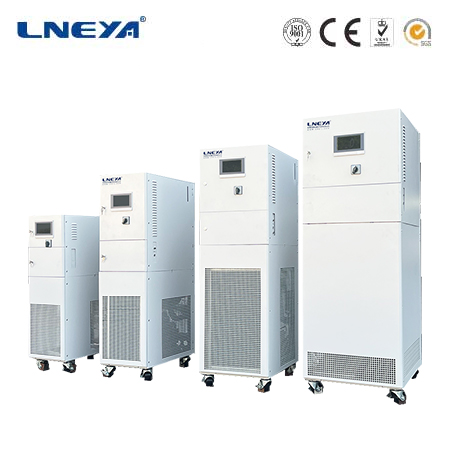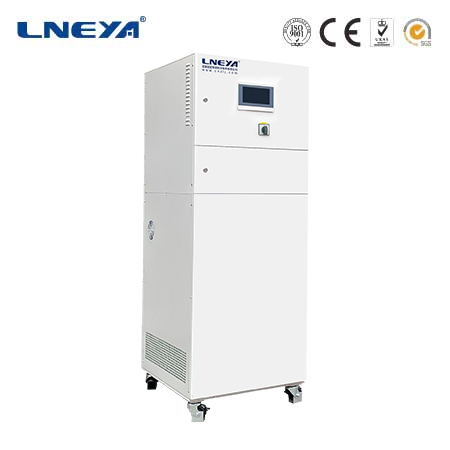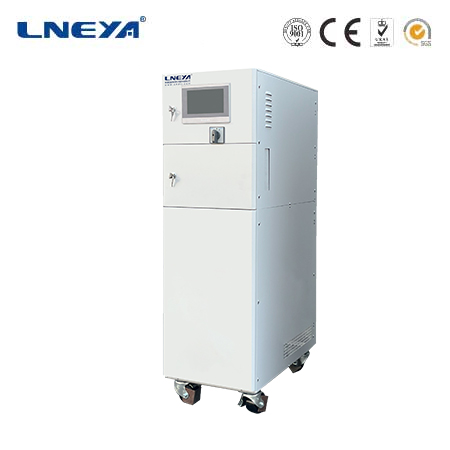cooling products
Cooling Products: A Comprehensive Overview
In a world where temperature control is crucial, cooling products play a pivotal role in maintaining comfort, efficiency, and functionality across various aspects of life. This article delves into the diverse realm of cooling products, covering their types, working principles, applications, and advantages.

Types of Cooling Products
Air Conditioners: These are perhaps the most well – known cooling products. Split – system air conditioners consist of an indoor unit that cools the air and an outdoor unit that expels heat. Window air conditioners, on the other hand, are a self – contained unit that is installed in a window, suitable for cooling a single room. Central air conditioning systems are used in larger buildings and homes, distributing cooled air through a network of ducts.
Fans: Ceiling fans are a common sight in many rooms. They work by circulating air, which creates a wind – chill effect, making the air feel cooler. Tower fans are tall and slender, often oscillating to direct air in different directions. Pedestal fans are mounted on a stand and can be adjusted to different heights and angles. Portable fans are small and easy to move around, providing personal cooling.
Cooling Towers: Primarily used in industrial and commercial settings, cooling towers are large structures that remove heat from water. Wet cooling towers use the process of evaporation to cool water, while dry cooling towers rely on heat transfer through metal fins to dissipate heat to the air.
Refrigeration Systems: Refrigerators and freezers are household cooling products that keep food and beverages at low temperatures. In industrial applications, cold storage facilities use large – scale refrigeration systems to store perishable goods, chemicals, and pharmaceuticals.
Personal Cooling Products: Cooling towels are made of materials that can absorb and evaporate water quickly, providing a cooling effect when wrapped around the neck or head. Cooling vests are filled with materials like gel packs or phase – change materials that can absorb body heat. These are useful for people working in hot environments or engaging in outdoor activities.
Working Principles
Vapor Compression Cycle: This is the principle behind most air conditioners and refrigeration systems. A compressor increases the pressure of a refrigerant gas, which then releases heat as it condenses into a liquid in the condenser. The liquid refrigerant passes through an expansion valve, where its pressure drops, and it evaporates in the evaporator, absorbing heat from the surrounding air or substance.
Evaporative Cooling: Fans and cooling towers often utilize evaporative cooling. When water evaporates, it absorbs heat from its surroundings. In a cooling tower, warm water is sprayed over a large surface area, and as the water evaporates, it cools the remaining water. In the case of a personal cooling towel, the evaporation of water from the towel cools the adjacent skin.

Heat Transfer: Radiators in vehicles and some industrial cooling systems work on the principle of heat transfer. Hot fluid (usually coolant) flows through the radiator, and heat is transferred from the hot fluid to the cooler air passing over the radiator fins.
Applications
Residential Applications: Air conditioners and fans are used to keep homes cool during hot weather, ensuring comfort for occupants. Refrigerators and freezers preserve food. Cooling products like ceiling fans can also help in reducing energy consumption by making the use of air conditioners more efficient.
Commercial Applications: Offices, malls, and restaurants rely on air conditioning systems to create a comfortable environment for employees and customers. Cold storage facilities are used by supermarkets, food processing plants, and pharmaceutical companies to store products at the right temperature.
Industrial Applications: Cooling towers are essential in power plants, chemical plants, and manufacturing facilities to cool large amounts of water used in various processes. Industrial refrigeration systems are used to control the temperature in processes such as food and beverage production, plastics manufacturing, and metalworking.
Transportation: Cars, trucks, and buses use radiators and cooling systems to keep the engine at an optimal temperature. In aircraft, air conditioning systems are used to maintain a comfortable cabin temperature for passengers and crew.
Advantages

Comfort: Cooling products significantly enhance comfort levels, especially in hot climates. They help in reducing heat – related stress and improving the quality of life.
Energy Efficiency: Modern cooling products are designed to be more energy – efficient. For example, variable – speed air conditioners can adjust their cooling capacity based on the actual need, consuming less energy compared to traditional fixed – speed models.
Product Preservation: Refrigeration and cold storage cooling products are crucial for preserving the quality and safety of food, medicine, and other perishable items.
Industrial Process Optimization: In industrial settings, proper cooling ensures that machinery and processes operate smoothly, reducing the risk of equipment failure and improving productivity.
In conclusion, cooling products are an integral part of our modern lives, with applications ranging from personal comfort to industrial processes. Understanding their types, working principles, and applications can help in making informed decisions when choosing the right cooling solution for specific needs.
Related recommendations
types of temperature controller
665Types of Temperature Controllers: Ensuring Precision in Temperature Control Temperature control is critical in a wide array of industries, from manufacturing to medical applications. The precis...
View detailsHow to replace antifreeze for a 3 ton chiller?
1014How to replace antifreeze for a 3 ton chiller? 1. The lower the concentration, the better. Due to its corrosiveness, the lower the concentration, the safer it is when meeting the antifr...
View detailschiller bath
467Chiller Bath: A Comprehensive GuideIntroductionA chiller bath is a specialized cooling system that combines the functionality of a chiller and a temperature-controlled bath. It is designed to main...
View detailswater bath machine
486Water bath machines have become an indispensable tool in many fields, especially in laboratories and certain industrial processes. Their ability to provide a controlled and stable thermal environm...
View details
 LNEYA Thermal Test Chillers
LNEYA Thermal Test Chillers





HelloPlease log in